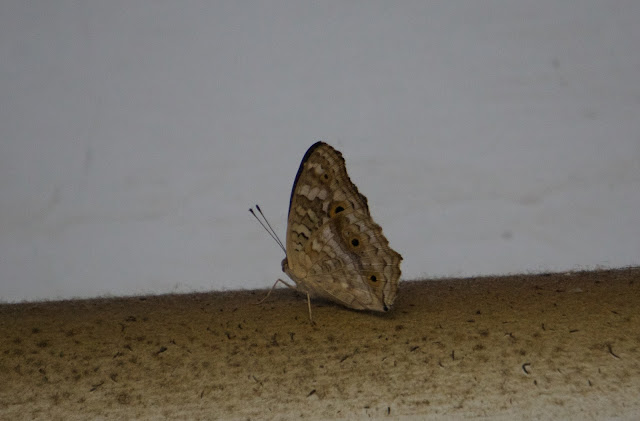Posts

Posted by
flowergirl
Rare Dollarbird sighting
- Get link
- X
- Other Apps

Posted by
flowergirl
Flamingoes on the wing!
- Get link
- X
- Other Apps

Posted by
flowergirl
INDIAN CORMORANT AT SHOLINGANALLUR
- Get link
- X
- Other Apps

Posted by
flowergirl
The fig tree at the timber depot in Dandeli
- Get link
- X
- Other Apps

Posted by
flowergirl
The beautiful squirrel of peninsular India
- Get link
- X
- Other Apps

Posted by
flowergirl
A wood spider at Dandeli
- Get link
- X
- Other Apps

Posted by
flowergirl
Sholinganallur through the lens of Mr Ramanan
- Get link
- X
- Other Apps

Posted by
flowergirl
The Kulagi Nature Camp
- Get link
- X
- Other Apps

Posted by
Flowergirl
Mamandur sightings
- Get link
- X
- Other Apps
